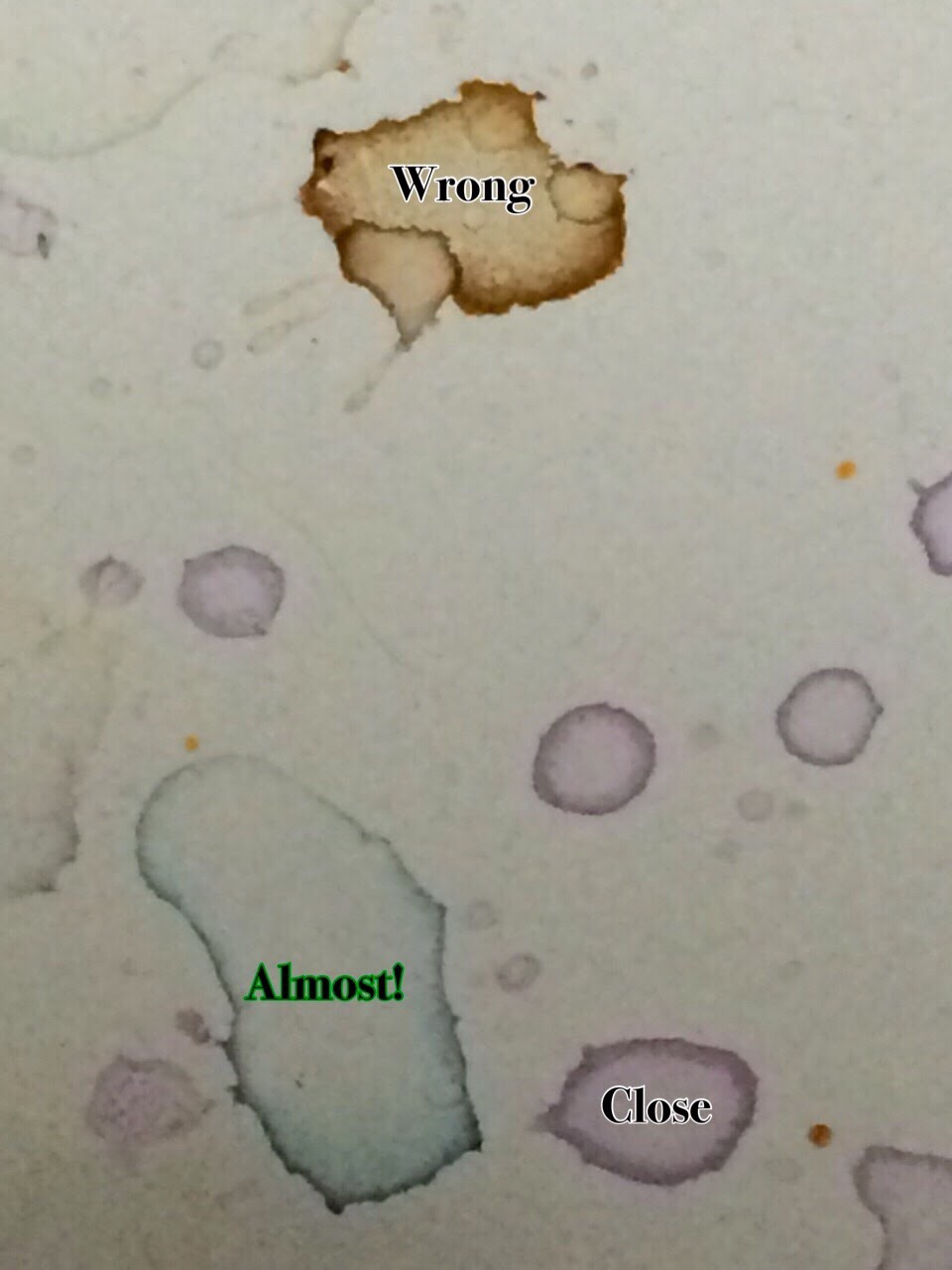Grod1
Well-Known Member
- Joined
- Feb 3, 2015
- Messages
- 499
- Reaction score
- 154
Back in 2011 this thread was made( Coloring your beer blue?)but nothing ever came of it.The post ends with it not being possible.
Now we all ask ourselves Why? it doesn't matter. wow factor... The kids will love it...
So the obvious answer is add way to much blue food coloring. yes, blue and yellow makes green.But enough blue food coloring will work.
lets say we want to make it organic/ natural, or at least as close as you can to it
A Japanese company that makes and sells blue beer says "The blue color comes from blue seaweed, flowers, water from melted icebergs and Chinese yam."
I might try this blue green algae idea and see how far this gets me.In my slight bit of research. I also found butterfly pea flowers that are used to make a blue tea they are relatively inexpensive. i just bought 150 grams and thats where i will start playing around.
i am considering using blueberry juice to turn the base beer pinkish so that way i'm not battling green.Lots of rice syrup solids might come into play but that stuff aint cheap
anyway, anyone,please share any input any experiments you know of any links that might help.
Now we all ask ourselves Why? it doesn't matter. wow factor... The kids will love it...
So the obvious answer is add way to much blue food coloring. yes, blue and yellow makes green.But enough blue food coloring will work.
lets say we want to make it organic/ natural, or at least as close as you can to it
A Japanese company that makes and sells blue beer says "The blue color comes from blue seaweed, flowers, water from melted icebergs and Chinese yam."
I might try this blue green algae idea and see how far this gets me.In my slight bit of research. I also found butterfly pea flowers that are used to make a blue tea they are relatively inexpensive. i just bought 150 grams and thats where i will start playing around.
i am considering using blueberry juice to turn the base beer pinkish so that way i'm not battling green.Lots of rice syrup solids might come into play but that stuff aint cheap
anyway, anyone,please share any input any experiments you know of any links that might help.
Last edited:










